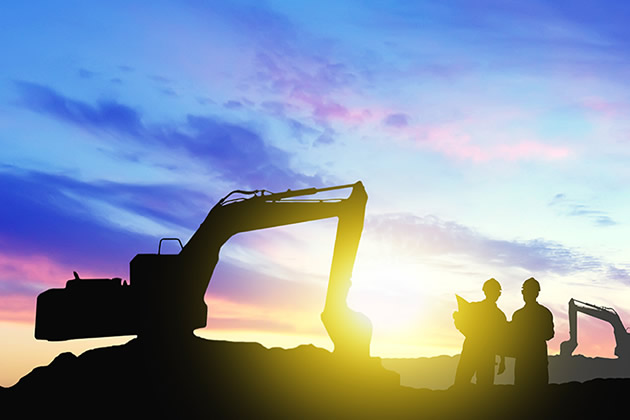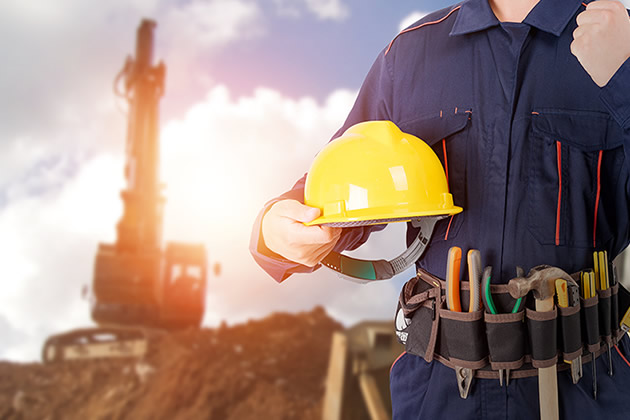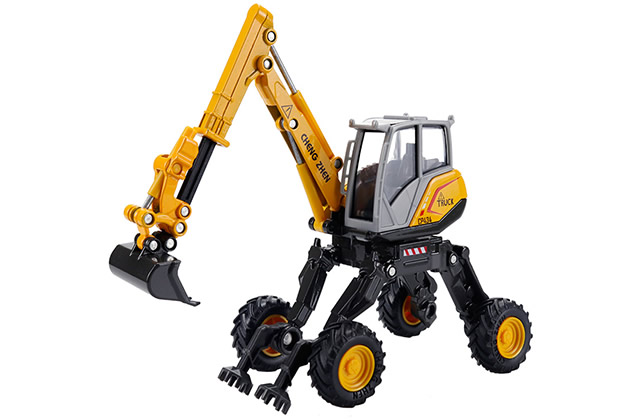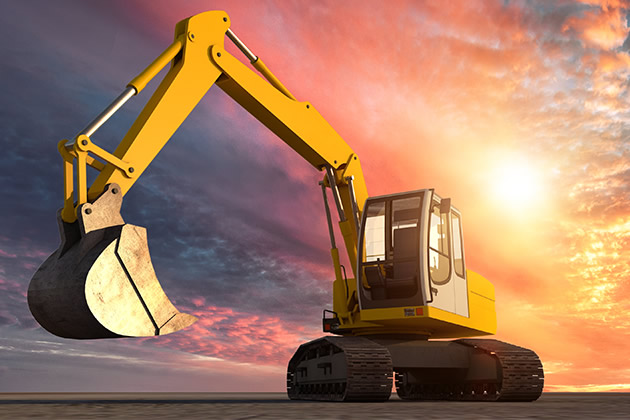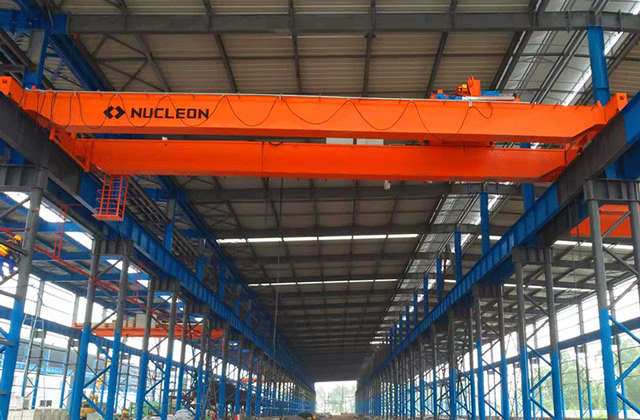Safety Regulations for Lifting Machinery Category Lifting Machinery Regulations on the Inspection Time of Cranes
Lifting operations are the lifting of mechanical equipment or other objects An industrial process of transporting something from one place to another. Most lifting machinery starts a vertical or vertical and horizontal working stroke after the spreader retrieves materials. After arriving at the destination, it is unloaded, and then empty travels to the picking location to complete a working cycle, and then carries out the second lifting. Generally speaking, when the lifting machinery is working, material picking, transportation and unloading are carried out in sequence, and the work of each corresponding mechanism is intermittent. Hoisting machinery is mainly used to transport items. When equipped with a grab bucket, it can transport bulk materials such as coal, ore, and grain. When equipped with a bucket, it can lift liquid materials such as molten steel. Some lifting equipment such as elevators can also be used to carry people. In some use cases, lifting equipment is also the main operating machinery. For example, cranes used for loading and unloading materials in ports and stations are the main operating machinery.
Hoisting machineryClassification
Hoisting machinery can be divided into light and small lifting equipment, lifts and cranes according to different structures. and overhead monorail systems. Light and small lifting equipment mainly includes lifting pulleys, spreaders, jacks, manual hoists, electric hoists and ordinary winches. Most of them are small in size, light in weight and easy to use. Except for electric hoists and winches, most of them are driven by human power and are suitable for situations where the work is not heavy. They can be used alone, and some can also be used as the lifting mechanism of a crane. Some light and small lifting equipment have a large lifting capacity. For example, the lifting capacity of hydraulic jacks has reached 750 tons. Lifts mainly perform vertical or near-vertical lifting movements and have fixed lifting routes, including elevators, lifting platforms, mine hoists, and hopper lifts. A crane is a multi-action lifting machine that lifts vertically and carries heavy objects horizontally within a certain range. The overhead monorail system has a line formed by rigid hanging rails, which can transport materials to various parts of the factory and can also be extended to the outside of the factory.
Safety regulations for hoisting machinery stipulate the inspection time of cranes
(1) The inspections carried out in accordance with the requirements of relevant standards for cranes are: normal cranes, Once every two years; for cranes that have been overhauled, newly installed, or reselected, before they are delivered for use; for cranes that have been idle for more than one year, before they are reused; after storms, major earthquakes, and major accidents, the strength and Cranes that have been damaged in terms of stiffness, component stability, and mechanism importance must be inspected before use.
(2) Regular inspection. The inspection cycle should be determined according to the degree of heavy work and harsh environment, but it should not be less than once a month. Generally, it should include: the technical performance of the crane for normal operation; all safety protection devices; leakage and working conditions of lines, tanks, container valves, pumps, hydraulic or pneumatic other components; hooks, hook nuts and anti-looseningDevice; brake performance and parts wear; wire rope wear and tail end fixation; chain wear, deformation, and elongation; bundling, hanging chains, wire ropes, and auxiliary equipment, etc.
(3) Regular inspection. The inspection cycle should be determined according to the degree of heavy work and harsh environment, but it should not be less than once a year; generally it should include: the contents of regular inspections in item (2); deformation, cracks, corrosion of metal structures, and welds and rivets. , bolts and other connection conditions, the wear, cracks, deformation, etc. of the main components; the reliability and accuracy of the indicating device; the power system and controller, etc.
If the website content violates your rights, please contact us to delete it。



